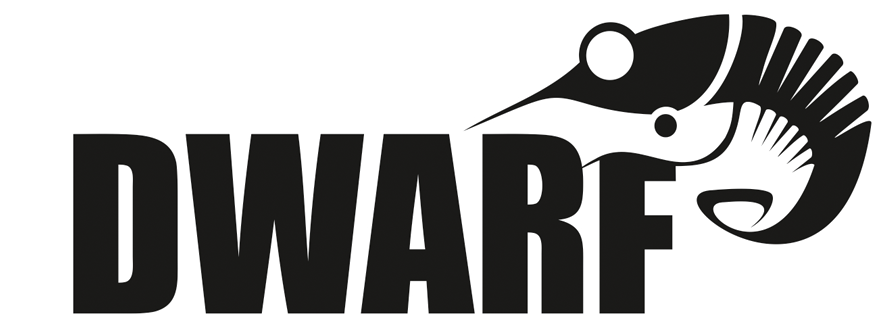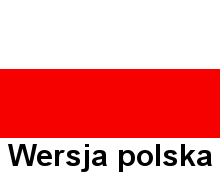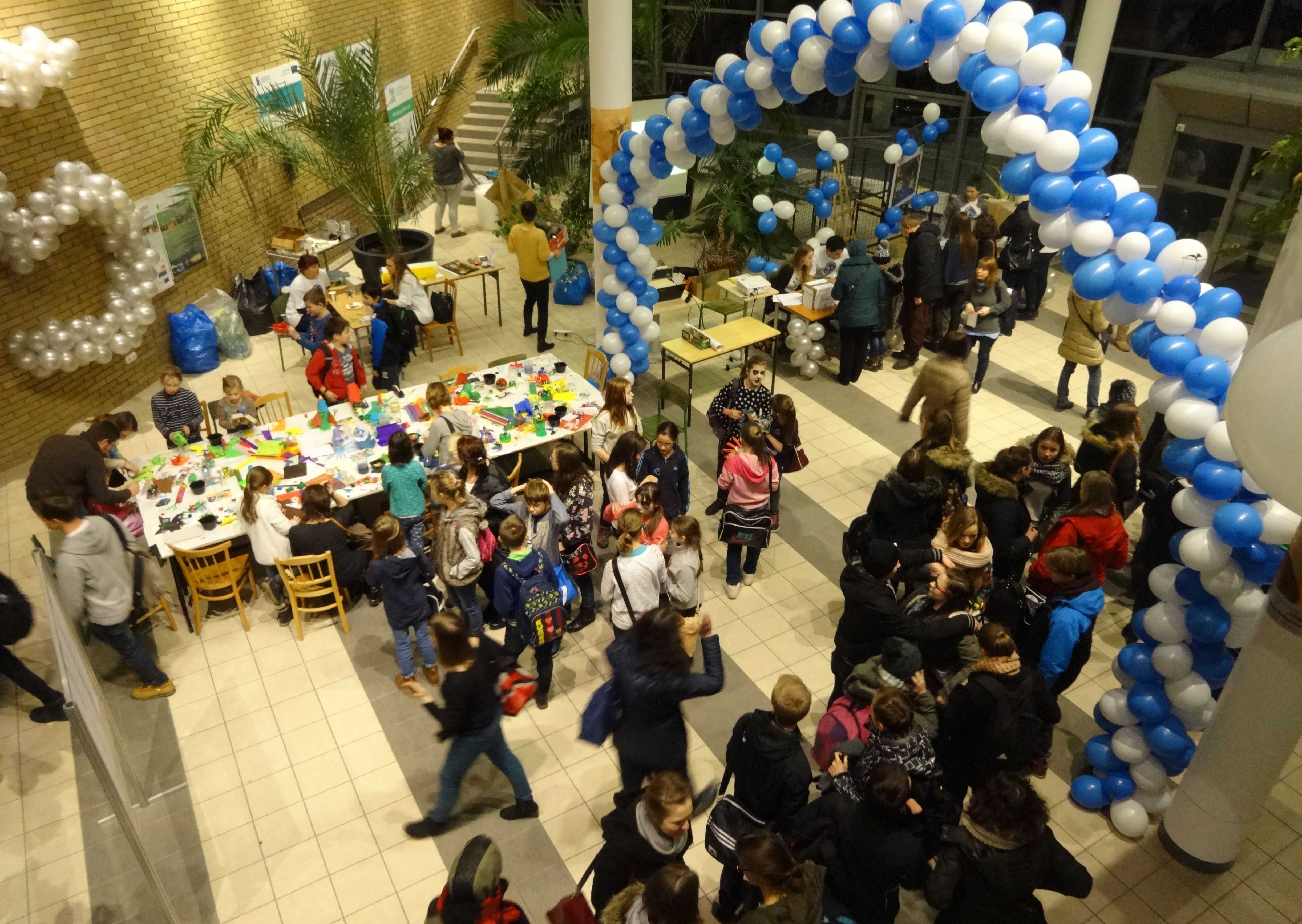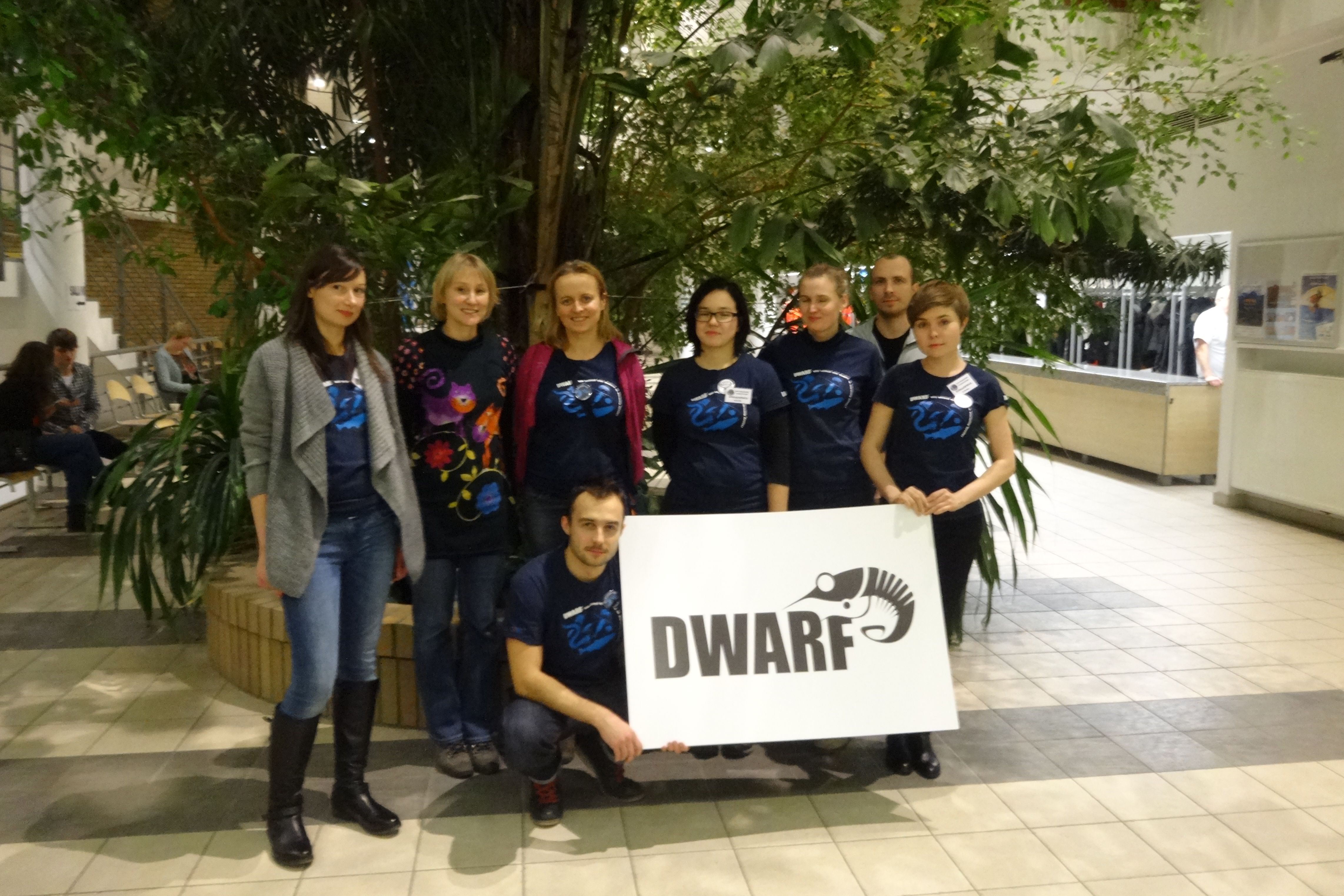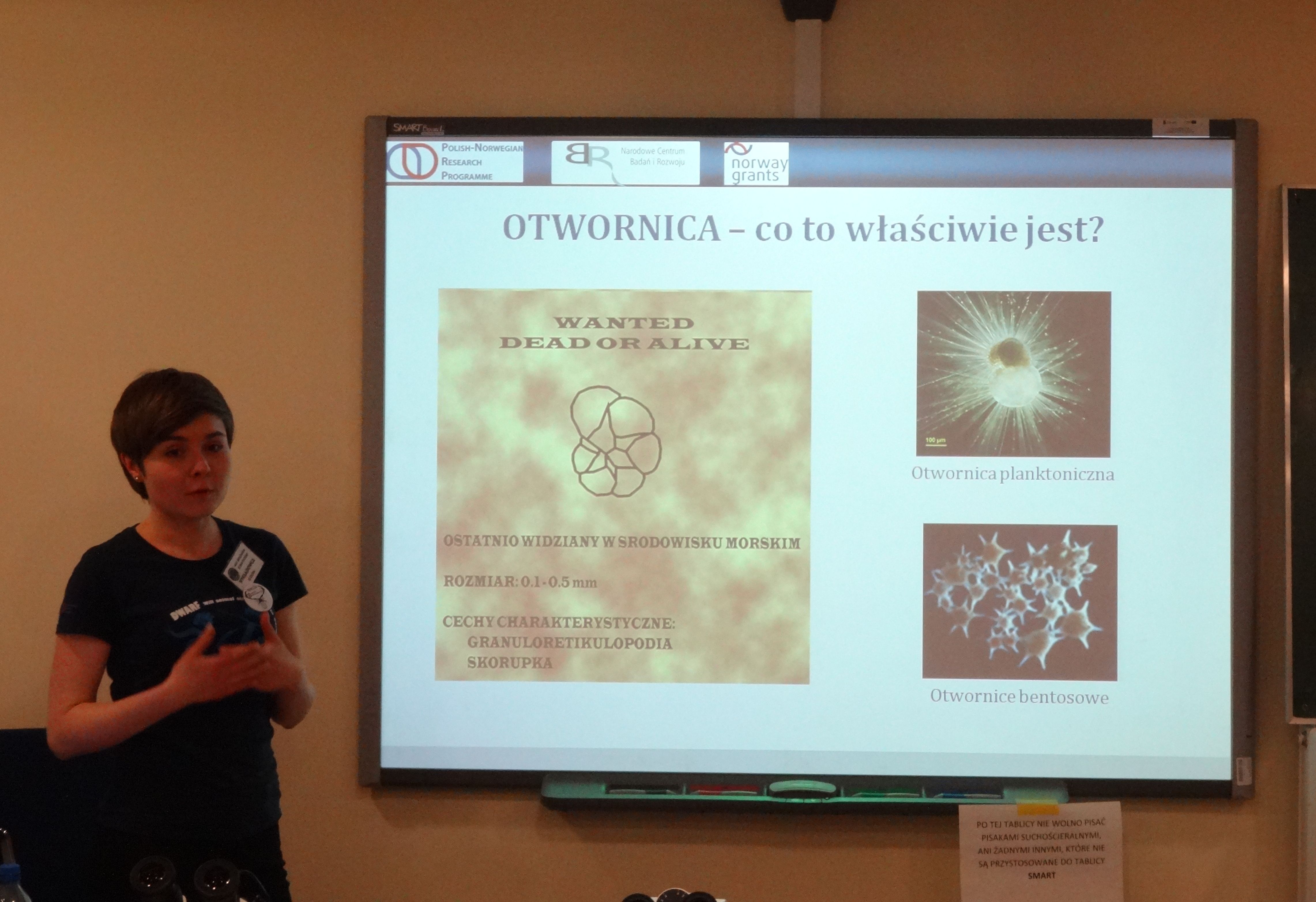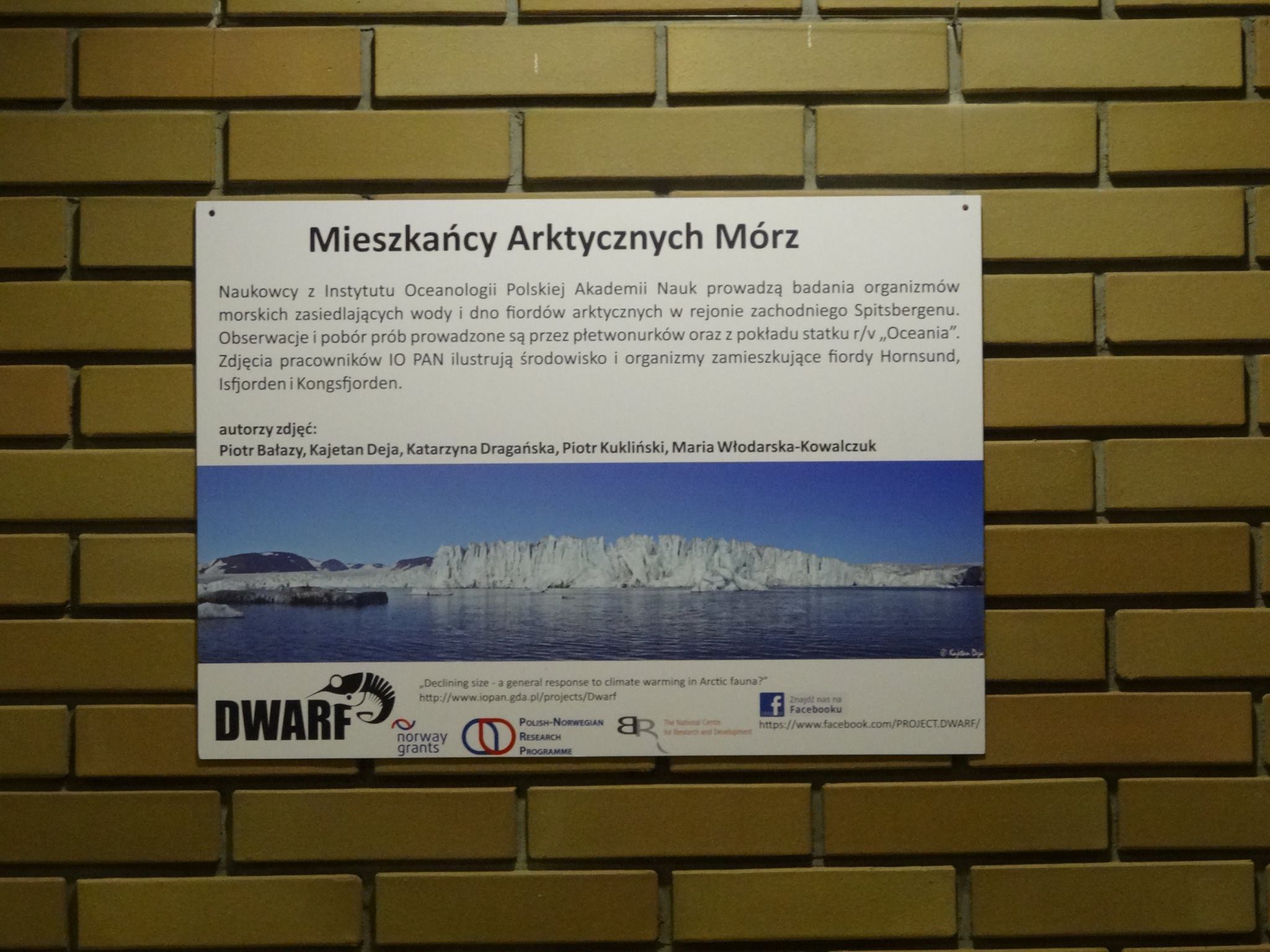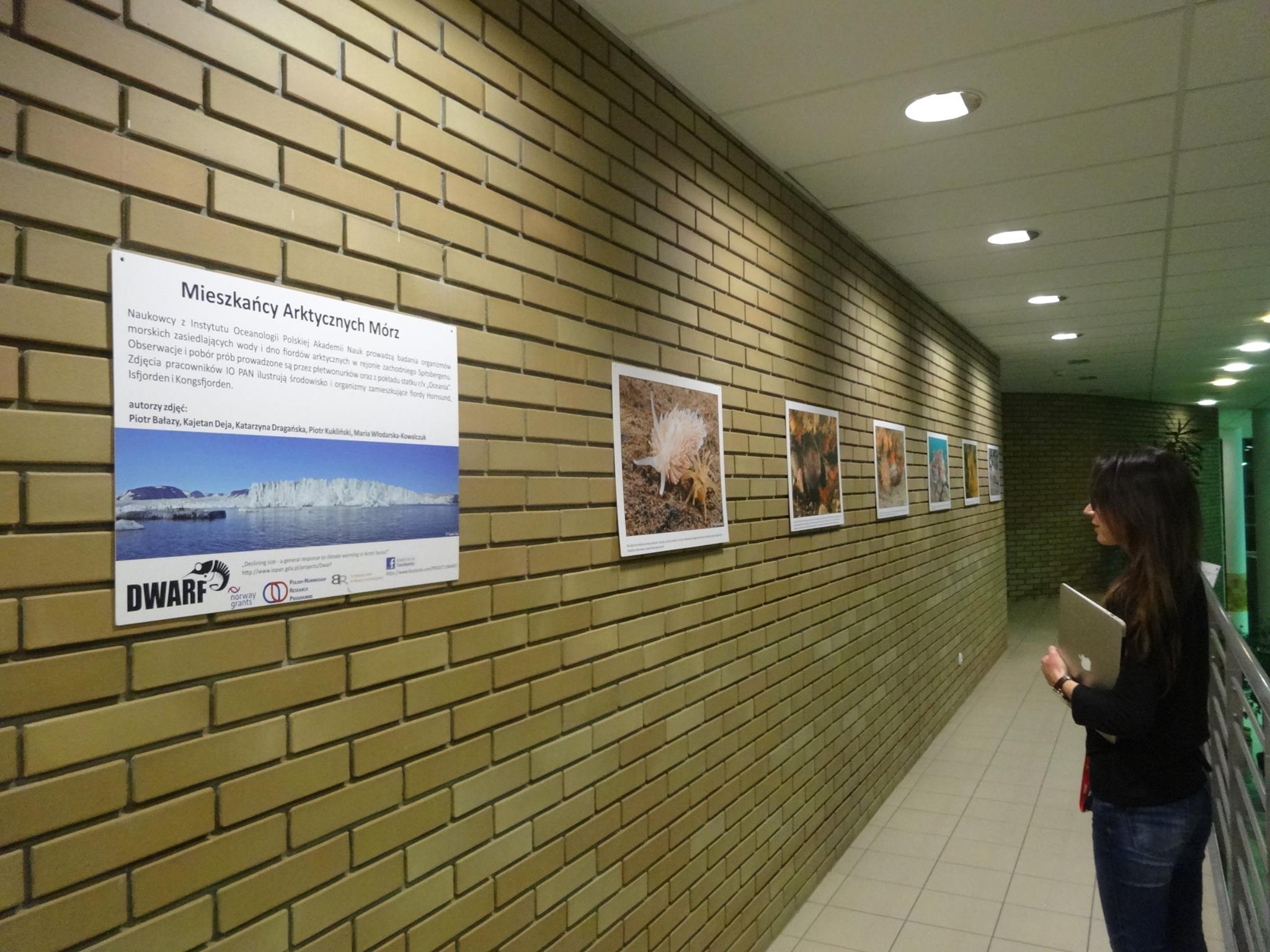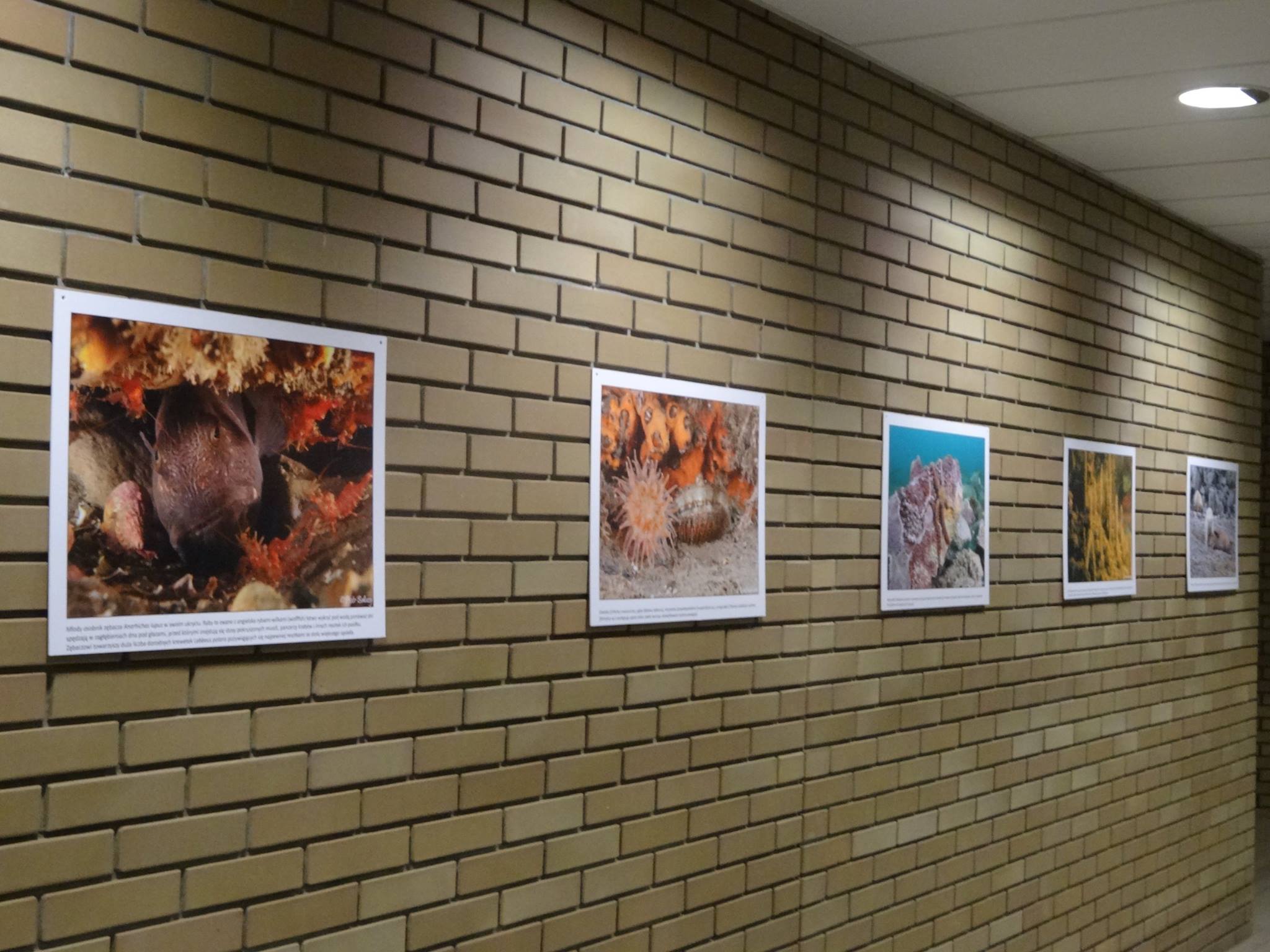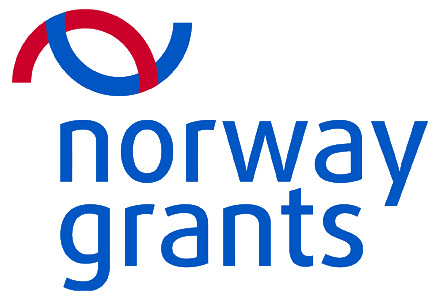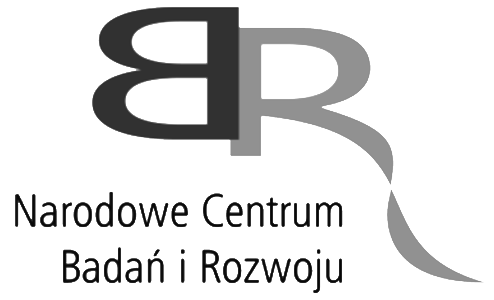<--- back to dissemination page
The DWARF Dissemination Action during „Biologist’s Night” at University of Adam Mickiewicz in Poznań, 15th January 2016The issues of Arctic ecosystems, environmental threats connected with climate warming, Arctic animals and relationships of size and environmental factors were disseminated by the DWARF team in a number of activities aimed at various publicities gathered at University of Adam Mickiewicz for the scientific festival event called “Biologist’s Night”DWARF participants: Maria Włodarska-Kowalczuk, Joanna Piwowarczyk, Joanna Pawłowska, Anna Stępień, Barbara Górska, Emilia Trudnowska, Mikołaj Mazurkiewicz, Krzysztof Zawierucha
The DWARF project activities included: 1. Popular science lectures (aimed for high school students and adults): The diversity of life in polar regions Lecturer: PhD Anna Stępień, Department of Marine Ecology, Institute of Oceanology PAS Why is it cold at Poles? What would happen if all the ice from Poles melted? You will hear answers for those question at the lecture “The diversity of life in polar regions”. You will also learn about differences between Arctic and Antarctic and organisms living there. Everything will be supplied with some historical background. This lecture will help you better understand the processes occurring at Poles including climate changes that have the strongest effects in those regions.  Lecture Lecture
Principles ruling body size, tropical dwarfs and polar gigants Lecturer: MSc Krzysztof Zawierucha, Department of Zoology and Animal Taxonomy, UAM. Why are related species small in equatorial region and huge in polar regions? Why do some of them have protrusive body parts and others do not? This lecture is a journey through a word full of life, it will explain the principles ruling the size of organisms and will discuss the aspects of clime change effects on the size of animals.  Lecture Lecture
Seekig the bigger, the arctic prose of life of little aulk Lecturer: PhD Emilia Trudnowska, Department of Marine Ecology, Institute of Oceanology PAS. Little auk is the most abundant and probably the bravest bird inhabiting European Arctic. It comes to Spitsbergen on spring, where between rock lays only one egg that gives one chick. Feeding it is a huge challenge for both parents. They had to fly very long distances few times a day to dive into cold Arctic waters and catch a planktonic creature called Calanus glacialis. As the climate changes this task becomes harder and harder.  Lecture Lecture
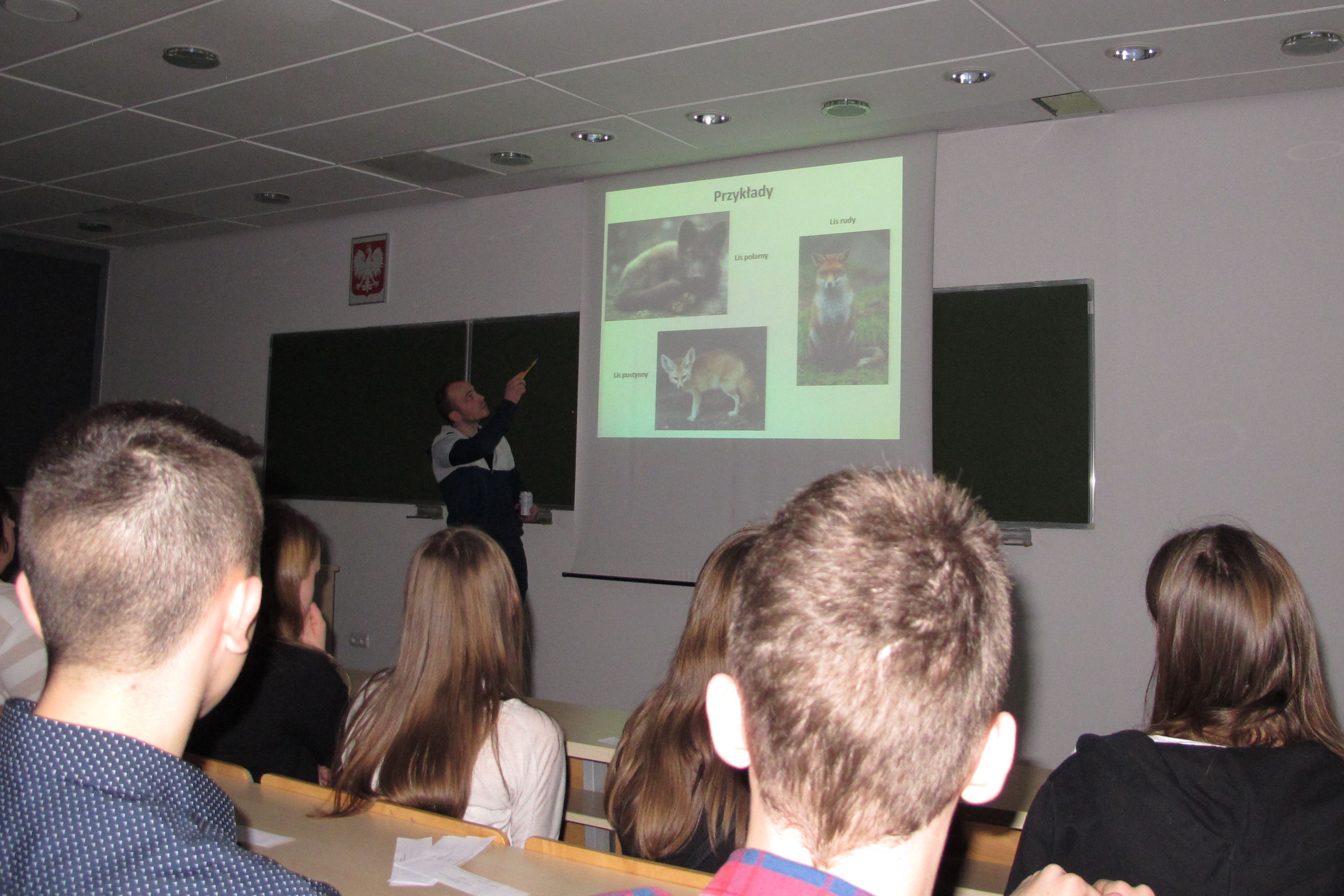 2. Arctic marine organisms taxonomy and identification workshops (aimed for secondary school students):
The DWARF exhibition has been presented after the Biologist Night event in the main hall of the Biology department of UAM
<--- back to dissemination page |
